Jump to a different section
Position in the MacBook family
The MacBook Pros gain a stronger edge in both processing and graphics performance over the entry level white MacBook and compact MacBook Air, with the entire Pro lineup now supporting new Sandy Bridge versions of the Core i5 and i7 chips, leaving the older Core2 Duo reserved for the budget minded $999 MacBook and light, thin MacBook Airs.
Additionally, while the MacBook and Air models continue to use the NVIDIA GeForce 320M as their graphics chip and system controller, the Pros have moved to a roughly comparable Intel HD Graphics 3000 graphics processor within the Intel platform system controller (which shares 384MB of SDRAM from system memory). The 15 and 17 inch models add a secondary AMD Radeon HD graphics chip that kicks in automatically when needed.
The 15 inch MacBook Pro supplies a base option of the AMD Radeon HD 6490M with 256MB GDDR5 RAM, or offers a higher end option of the AMD Radeon HD 6750M with 1GB GDDR5 RAM. That second option is the base standard for the 17 inch model.
The new chips make this generation of MacBook Pros not just faster than Apple's previous notebooks, but also faster than Apple's current desktop iMacs, with scores that bump up towards the Mac Pro workstation and its multicore Xeon engine. PC reviewers have noted that Apple's notebook lineup is currently the fastest available from any vendor, thanks to the company's early adoption of Intel's latest generation of CPUs.
Over the past few years, Apple began a migration away from Intel's own chipsets that support the CPU (and which have included Intel's rather anemic integrated graphics chips), building a strategy that paired Intel's Core2 Duo CPU with an NVIDIA chipset with far faster integrated graphics. However, Intel killed this plan by integrating functions once provided by the supporting chipset, including the memory controller and graphics, into the CPU package itself.
The Intel Core i5 and i7, first introduced last year in the Arrandale platform, continue to integrate CPU cores with memory and graphics under the Sandy Bridge generation, and similarly require an Intel chipset for other I/O and related functions. While the former 13 inch MacBook Pro skipped the Arrandale generation and continued to use the Core2 Duo/NVIDIA chipset combination, the new 2011 Pro models all take the same leap to Sandy Bridge.
While Intel isn't as good at graphics as NVIDIA, Intel's SATA disk controller performance is significantly better than that of NVIDIA's; the new models also now support 6Gbps SATA 3.0 for the first time, so the fact that the new MacBook Pros use Intel's chipsets again means that disk performance is improved, particularly when using a Solid State Drive. Note that only the hard drive supports SATA 3; the optical drive is still connected to a 3GBps SATA 2.0 interface.
Apple has hopped back and forth between NVIDIA and ATI for its dedicated graphics chips for many years now. After acquiring ATI, AMD has now changed its branding to AMD across the board, making this the first Mac to sport AMD-branded processors, albeit just for graphics and not CPUs in competition with Intel.
The new MacBook Pros with dual graphics chips (apart from the 13 inch model that only has Intel graphics) continue to use automatic switching technology that enables them to coast along using the integrated Intel HD Graphics GPU, and then switch to using the dedicated new AMD Radeon HD whenever advanced graphics are needed. This is triggered whenever an external display is plugged in, and whenever software calls OpenGL, OpenCL, Quartz Composer, Core Animation or Core Graphics functions.
On page 2 of 3: FaceTime HD, Thunderbolt, Graphics & Batteries, and Unique features among the three MacBook Pro model sizes.
Jump to a different section
FaceTime HD
While the MacBook Pro's CPUs and GPUs have been rejiggered, their unibody construction and other features are largely unchanged: rigid aluminum cases with strong edges; good keyboard feel with backlit typing; a big, glass trackpad that supports gestures and secondary clicks; all the same ports as the previous models; and the same high quality displays with wide viewing angles and a glossy screen.
There are two new features however, the first being an improved FaceTime camera. Rather than only offering the basic VGA quality of previous MacBooks and the front facing camera of iPod touch and iPad 2, the latest MacBook Pros offer an HD version capable of higher quality video chat at 720p, similar to the rear camera of the iPod touch and iPad 2, but not quite up to par with the significantly higher quality iPhone 4 rear camera.
Other applications, ranging from Apple's own Photo Booth to third party apps like Skype, don't currently take advantage of the higher resolution capability of the new FaceTime HD cameras, but this is likely to change as the higher quality camera becomes the new standard.
The other main hardware feature of the new MacBook Pros is Thunderbolt, which augments the existing Mini DisplayPort connector to additionally provide external access to PCI Express, enabling external devices and other systems to interface with the new notebooks at blazingly fast speeds.
Right now, the potential of this new technology is largely untapped, as there aren't yet any devices on the market that support the new port. However, a variety of hard drive makers and media interface companies have announced plans to build new peripherals, docks and storage products. Until that happens, the new port continues to function as a standard DisplayPort interface while continuing to support DVI/HDMI and VGA output via dongle connectors.
Existing DisplayPort monitors, including Apple's LED Cinema Display, will be able to work at the end of a chain of multiple Thunderbolt disks and other devices. Due to the well documented, standardized nature of PCI Express, it is relatively easy for third parties to build devices that tap into the new speed, and alternative provide bridges to other interface types, including high speed Ethernet networking and potentially USB 3.0. If Thunderbolt becomes popular this year, it's possible that these MacBook Pros may be the last to sport FireWire 800, allowing Apple to drop support for it in the next year's models while still offering a Thunderbolt to FireWire bridge.
Thunderbolt is not only fast, but also smart, supporting Target Disk Mode (something no version of USB can handle) and networking as a switched fabric interconnect. Thunderbolt is very likely to show up on new MacBook Air models, as well as Apple's desktop line of Macs. However, the new interconnect is proprietary to Intel, so it probably won't appear on generic AMD-based PCs or on ARM-based devices like the iPad or other iOS devices.
Of course, Apple designs its own ARM chips, so it could add support for PCIe and Thunderbolt in future mobile devices if there were a demand. Currently, the blazing fast 10Gbps channels of Thunderbolt (which appears to support 10Gbps for Thunderbolt data and 10Gbps bandwidth dedicated to DisplayPort) are far faster than SATA 3 (6Gbps) or even Fibre Channel, combining a future proof data interconnect with convenient cabling based on Mini DisplayPort that is far in excess of anything a low powered mobile device might need in the foreseeable future.
The 13 inch Pro provides a 1280x800 LED-backlit glossy widescreen display, similar in pixel count to the 11 inch MacBook Air. There is no higher resolution option similar to the 13 inch MacBook Air, which Apple appears capable of sourcing.
The 15 inch Pro continues to offer a 1440x900 screen or a high resolution option of 1680x1050 for $100 more, with the high resolution option now available in gloss or "antiglare" matte versions. The 17 inch Pro supplies a 1920x1200 screen, also available in both glossy and "antiglare" matte versions.
Some early adopters of these models have experienced video problems. One of our three review models occasionally blanks video output to an LED Cinema Display attached via the Thunderbolt Mini Display Port, and once locked up entirely. This may be a situation that can be addressed by a firmware update, or may simply be bad RAM or other hardware on the specific model. There are not yet widespread reports of other hardware issues.
All MacBook Pros continue to ship with integrated batteries, which means you can't swap out external packs but that your internal battery will last about as long as two conventional notebook batteries anyway. The new models continue to provide the same 63.5, 77.5, and 95 Watt-hour batteries as previous models, but Apple now describes each as supplying "up to 7 hours" of wireless productivity rather than the previous rating of 10.
This new reduction in time is based upon a standardized test that drives the notebooks harder than previous tests, so there's not really a reduction in use but rather a more accurate comparison across Apple's product line. The company likes to stress that its products actually live up to their battery life ratings, as opposed to competitors that often over-promise and under-deliver.
The batteries are rated to last through 1000 cycles, meaning they should outlast conventional batteries and not need replacement throughout the primary life of the system (around five years). They can be replaced for a fee that's comparable to buying a new conventional battery.
Unique features among the three MacBook Pro model sizes
As with previous generations of MacBook Pros (review), the 17 inch model uniquely features three USB ports (rather than two on the 13 and 15 inch models) and an ExpressCard/34 slot (rather than just an SD Card slot on other MacBook models.) If you want an SD Card slot reader, you can get one for the 17" model's ExpressCard slot for about $20.
The card slot comes in handy if you want to use 3G WWAN card or have some specialized need for an interface like eSATA or additional Firewire ports, although Apple says its surveys show that only 10% of users ever actually use the ExpressCard slot. If you're in that minority of users who need it, the 17 inch model is the only way to get it on a MacBook. The 13 and 15 inch models integrate an SD Card slot supporting SDXD flash storage devices up to 64GB.
The 13 inch model supplies a single audio in and out port, which works with iPhone-style mic-integrated headphones as well as digital optical Toslink output. The 15 and 17 inch models additionally provide a second input port with support for both analog line and and digital optical Toslink input.
On page 3 of 3: The Sandy Bridge advantage, The New MacBook Pros in Review, Rating, and How to save when buying.
Jump to a different section
Looking just at their clock speeds, it appears that the new Core i5 and i7 MacBook Pros are slightly slower than the machines they replaced. However, clock speed isn't a level measure of performance when you're comparing different chip architectures with different numbers of cores.
The previous 15 inch model offered a 2.4 or 2.53GHz Core i5 or a 2.66 GHz Core i7 (the 17 inch model offered the top two options only), while the 13 inch model used a Core2 Duo. New models supply a 2.3 or 2.7GHz dual core i5 (on the 13 inch Pro); 2.0, 2.2, or 2.3GHz quad core i7 options on the 15 inch model; and 2.2 or 2.3GHz quad core i7 options on the 17 inch version.
Despite the clock speeds, the new models' benchmarks in computing tasks are far higher. The new Sandy Bridge chips are really fast, and the new MacBook Pros provide twice as many cores on the mainstream models.
Like the previous generation of Core i5 and i7 Arrandale chips, the new Sandy Bridge chips include a memory controller in the die (it's actually bundled into the Intel HD Graphics chip, which sits next to the CPU in the same package). This integrated memory controller prevents the CPU from having to communicate with an external chipset to access RAM, offering new efficiency in how the processor can keep itself saturated with data. This in turn makes every cycle of the clock more productive.
The chips also use Intel's HyperThreading to schedule tasks in such a way to efficiently pack in as much work as possible into the available cores. HyperThreading can enable a two or four core processor to achieve the performance of a chip with twice the cores without actually using any more energy.
At the same time, the new chips can also do the opposite when there are not multiple threads available to run at the same time, thanks to a feature called Turbo Boost. The chips will effectively shut down the idle processor core and devote its power to the primary, enabling it to increase its clock speed to finish what it has available to do a little faster.
New in Sandy Bridge is support for a feature Intel calls QuickSync, which can dramatically speed video encoding and decoding tasks. Apple hasn't made any mention of support for this feature yet, but may still be working on support. Third party apps can also take advantage of the hardware acceleration technology. It is rumored that Apple will be leveraging new hardware encryption features in the Core i5 and i7 to support Mac OS X Lion's full disk encryption, a processor intensive task that should welcome the new dedicated chip support.
The shift of the 13 inch model to the new Sandy Bridge architecture makes the low end option more attractive than in previous MacBook Pro families, and helps to offset the slightly weaker performance of its Intel HD 3000 graphics compared to the integrated NVIDIA chip last year's model had.
All three models ship with Mac OS X 10.6.6 Snow Leopard, the same, latest version number available from Software Update. However, the new models include a new build, 10J3210 versus the latest generally available build of 10J567. This new build incorporates TRIM support for SDD optimization, as well as hardware support for the new Thunderbolt port and AMD Radeon HD graphics and new Sandy Bridge CPUs.
The New MacBook Pros in Review
The new MacBook Pros are the same thin, strong and attractive models as last year but now deliver a nice jump in processing and graphics performance while still holding on to the impressive battery life introduced with integrated batteries last year (even though the more conservative rating suggests that their battery life has decreased).
On the downside: the 13 inch model still doesn't offer a high resolution screen option nor a matte finish, nor speedier processor options.
All models come standard with 4GB of RAM, which is the minimum a "Pro" machine should deliver. Upgrading to 8GB now costs "only" $200 more, which is approaching reasonable but certainly not the cheapest option available.
Apple provides rather tepid 5400 rpm conventional hard drives as the core option, still supplying a big, inefficient internal DVD SuperDrive rather than a secondary bay for a second hard drive or SSD. A faster 7200 rpm 500GB drive is available for a $100 premium, or a larger 750GB, 5400 rpm disk is available for the same $100. A smaller but faster 128GB SSD is available for $200 more, with 256GB and 512GB SSD options priced at a steep $600 and $1200, respectively, for the 15 inch MacBook Pro. Some options on higher end models may be slightly less.
Unlike most PC notebooks, Apple's offerings don't include support for eSATA, Blu-Ray or HDMI output connectors, although the new machines now support audio output through the Mini DisplayPort, meaning users only need a cheap $30 dongle to route both HDMI video and high quality audio out through the Mini DisplayPort to an HDMI TV.
Thunderbolt now eclipses eSATA without adding another port, solving a long standing issue for users who want very high performance disk access on their notebook. Apple hasn't aggressively stripped FireWire and USB ports from the new machines, which would cause too much disruption for users given that Thunderbolt devices and docks are simply not yet available.
Pros:
Solid construction
Great battery life
Strong CPU and GPU update for all models
New Thunderbolt interconnect
New SDXC card slots on 13 and 15 inch models
Cons:
No built-in HDMI port or Blu-Ray playback
Limited reasonably priced BTO upgrade options for SDD, RAM
No 13 inch high density display option comparable to the MacBook Air
Several of Apple's larger authorized resellers have just received fresh stock of of the five standard retail configurations for the MacBook Pro. And a handful are offering considerable early discounts of up to $150 on the new models.
For its part, MacConnection is offering the lowest prices on the high-end 15- and 17-inch MacBook Pros, while MacMall delivers the best deals on the 13-inch models and 2.0GHz 15-inch model through its 3% instant discount coupons, which are embedded in the price guide links below and are exclusive to AppleInsider readers.
For those readers considering a discounted purchase through one of these authorized resellers, it's noteworthy to point out that MacConnection requires that customers submit mail-in-rebates post purchase to achieve the prices listed in AppleInsider's Mac Pricing Guide, while the discounts shown for MacMall are instantaneous (including the 3% AI discount) and do not require any form of rebate.
Jump to a different section
 Daniel Eran Dilger
Daniel Eran Dilger
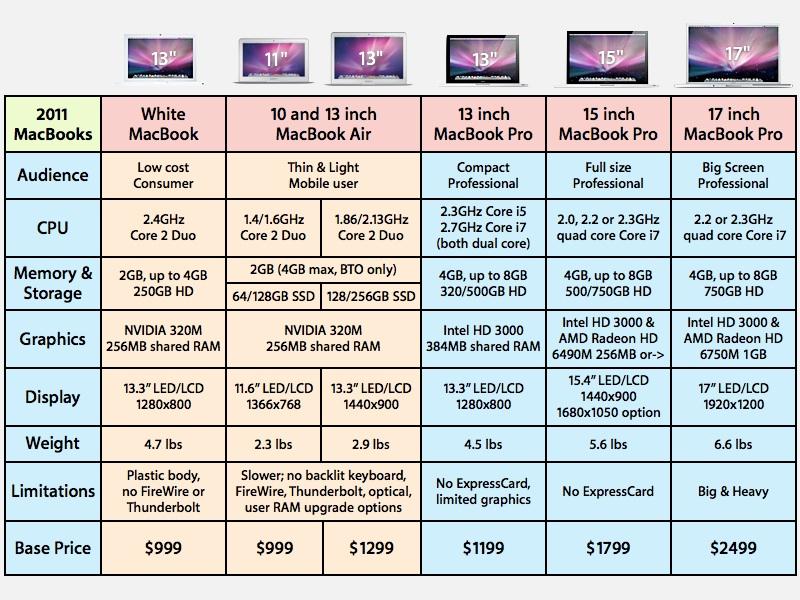
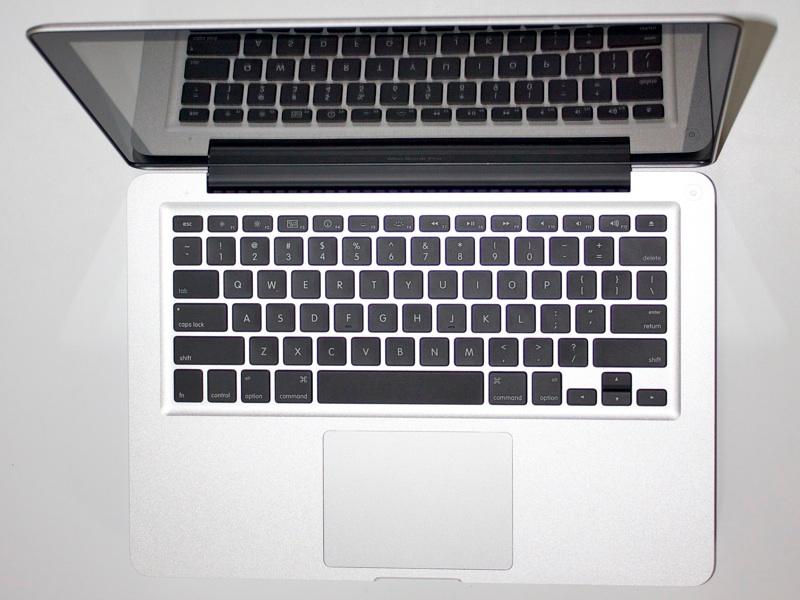
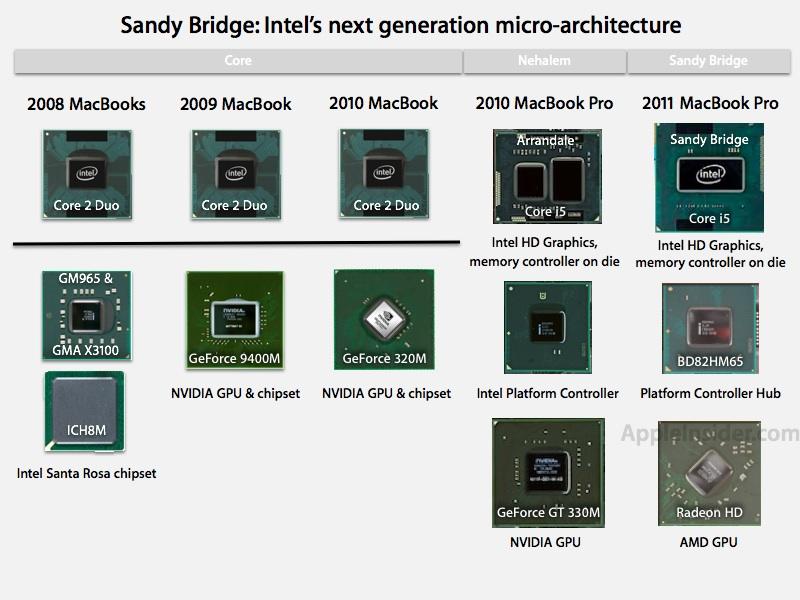
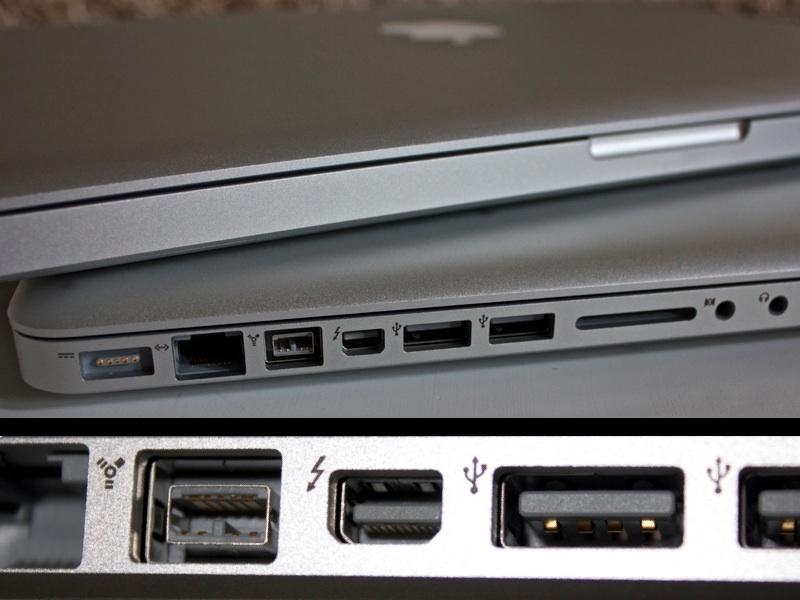

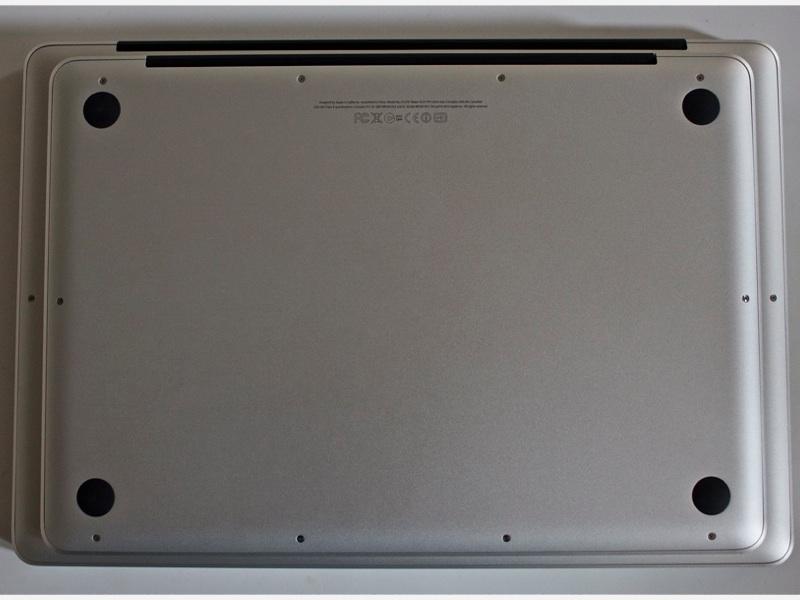
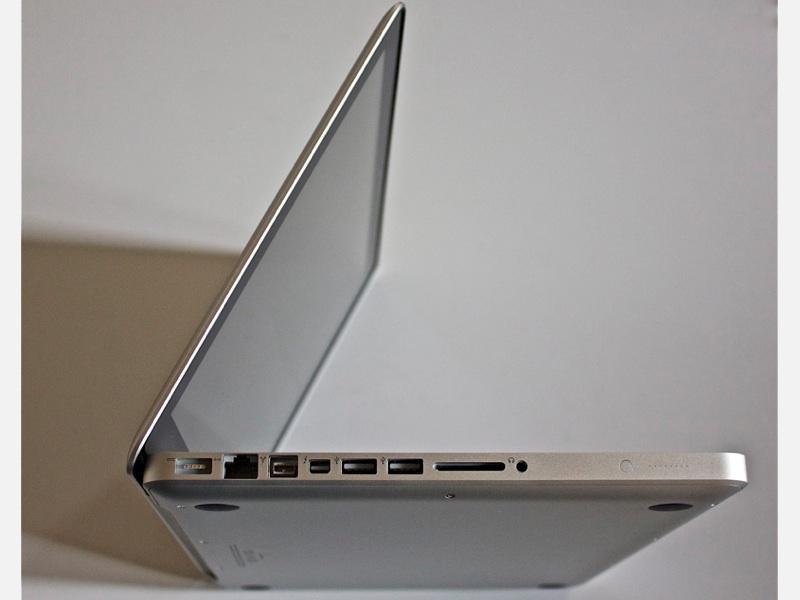
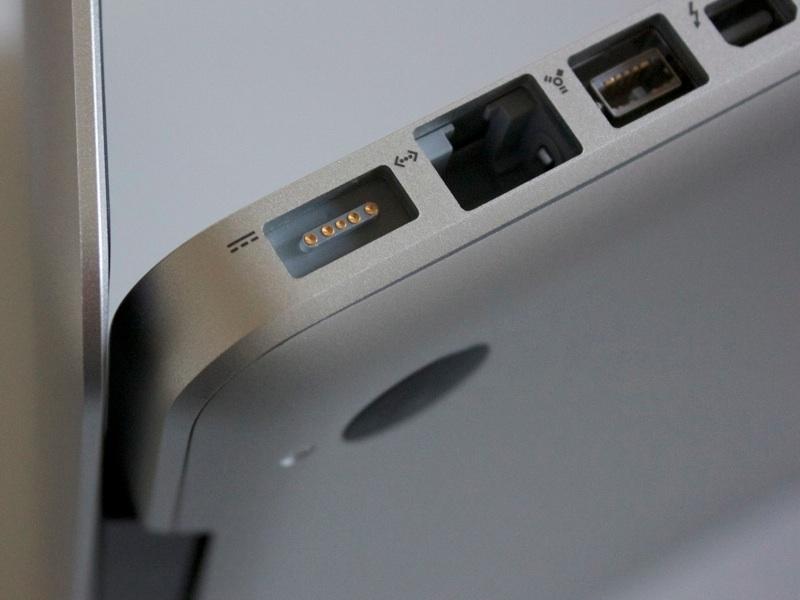
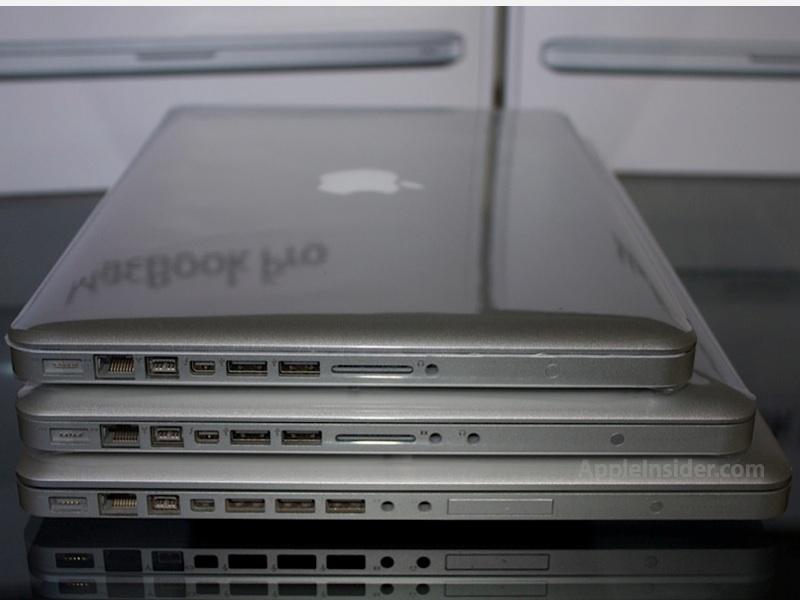
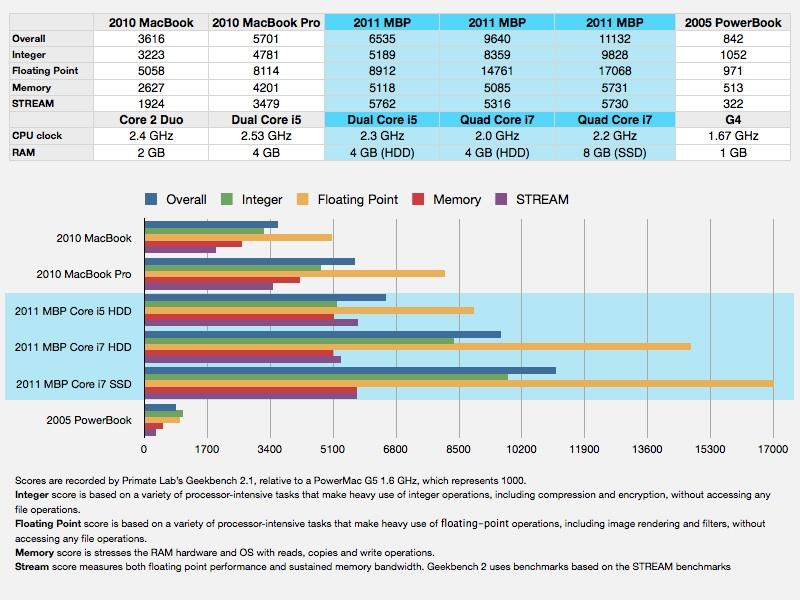
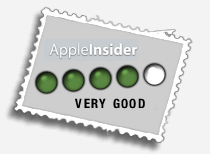
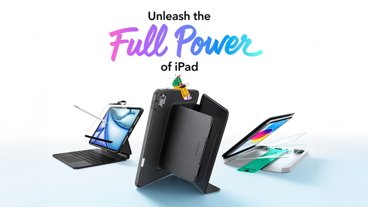
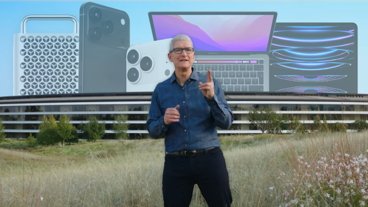
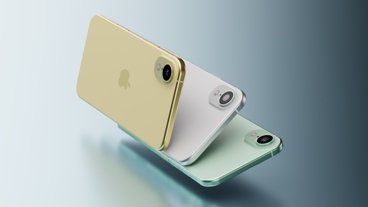




-m.jpg)





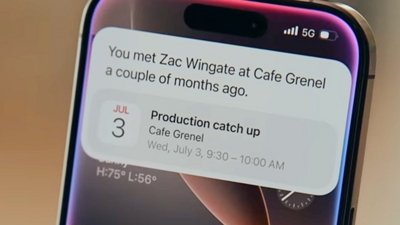
 Charles Martin
Charles Martin
 Malcolm Owen
Malcolm Owen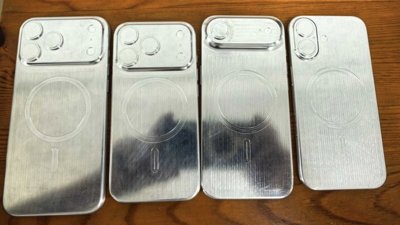

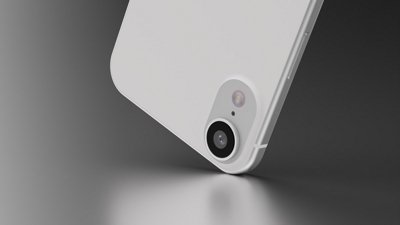
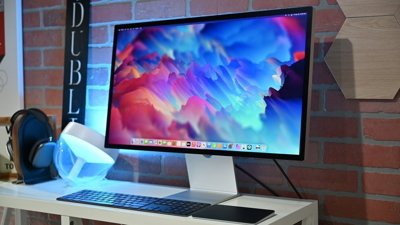
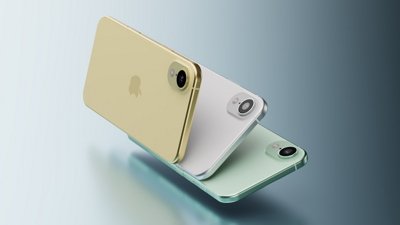
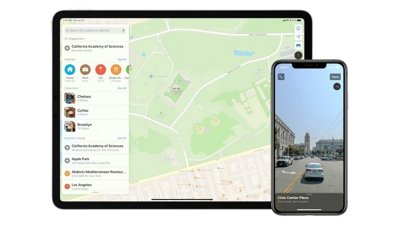
 William Gallagher
William Gallagher
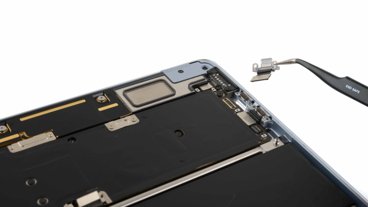






126 Comments
Bootable from the Thunderbolt port?
I would love to be able to connect an iPad to a Mac via thunderport. When plugged in the iPad could be charged, used as a secondary display and be in disk mode for syncing with iTunes.
I'm waiting for the updates to the 13" MacBook Air with a comparable Sandy Bridge processor and the Thunderbolt port.
MacBook Pro 15" should have an HDMI port. Thy should be done.
Bootable from the Thunderbolt port?
Not yet. A future firmware update should enable it.